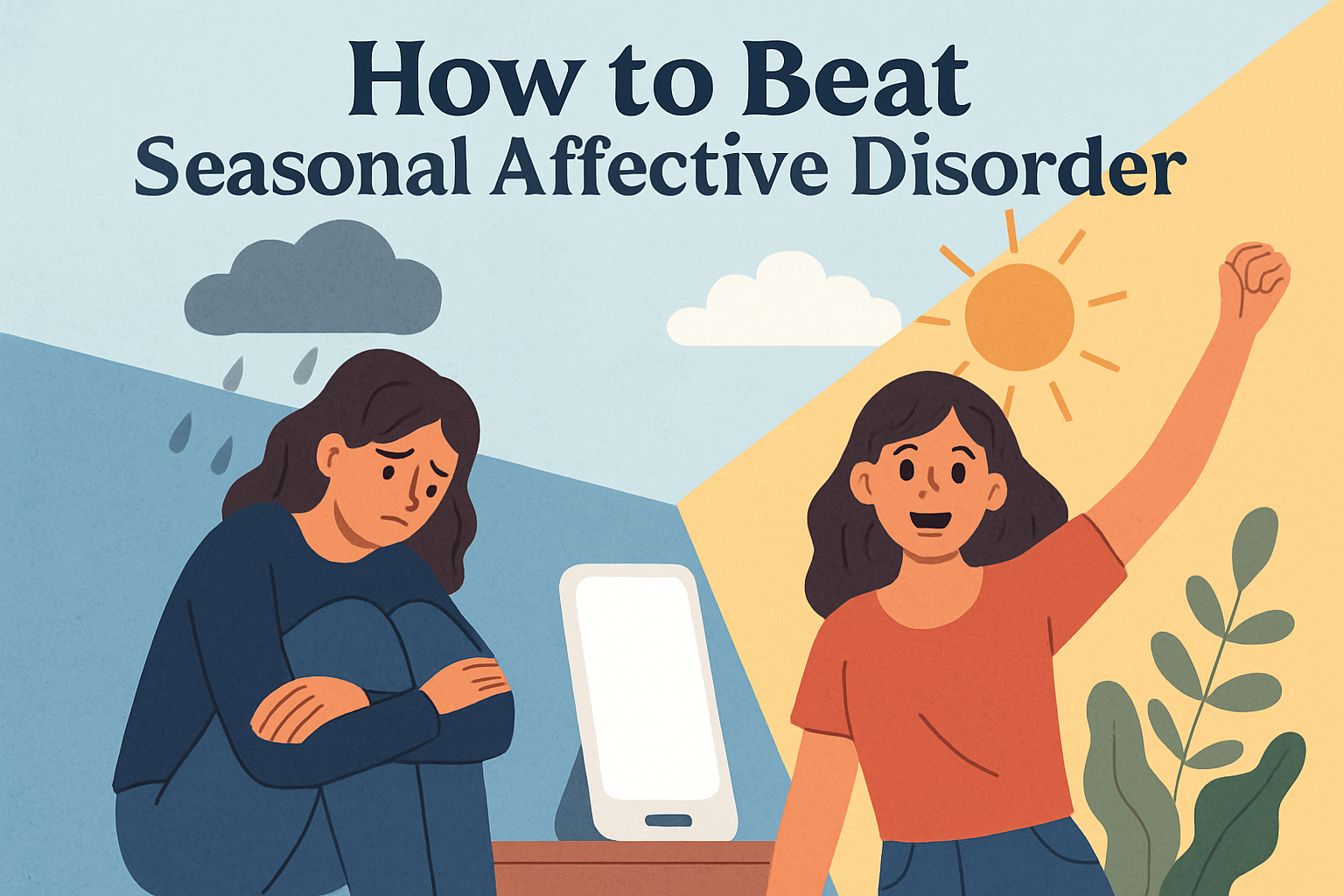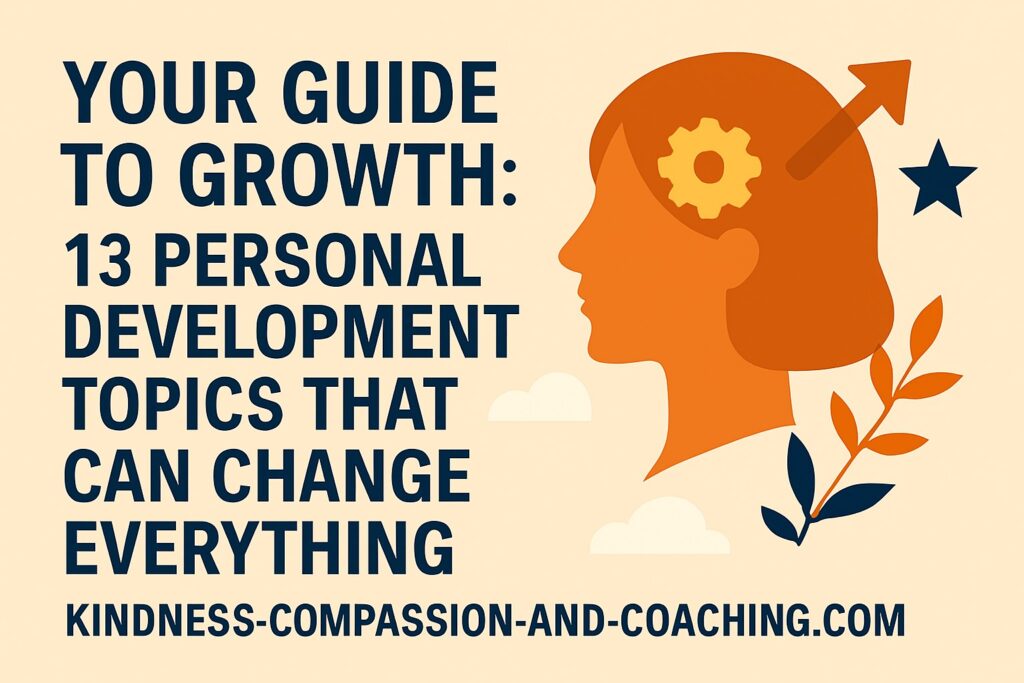When we think of trauma, we often conjure images of catastrophic events or harrowing experiences that leave indelible scars on the human psyche. However, there exists another realm of trauma that operates more subtly yet can still wield a profound impact on our emotional well-being. Coined as “Little T Trauma,” these somewhat more minor incidents or ongoing stressors can accumulate, inflicting psychological wounds that often go unexplained or misunderstood.
Today, we discuss how to recognize Little T Trauma, provide examples of what it may look like in our past or in the lives of others, and illuminate the major impact these seemingly insignificant events can have on our mental health and well-being. Lastly, we share suggestions about how we may begin to address unresolved trauma and heal.
“It isn’t about what’s wrong with you, it’s about what happened to you.” – Unknown
Trigger warning – this article touches on topics that may be painful and sensitive. Please read on only if you’re comfortable with emotional content.
Learn More About Trauma and How to Heal
How Little T Trauma Can Change Your Life
A friend of mine introduced me to the term “Little T Trauma”. Until then, I didn’t have a name to put to the incidents in my past that kept coming back to haunt me. They constitute a collection of isolated, powerful memories that infiltrate my dreams and dominate my memory of my childhood so much so that the rest of it is almost entirely blacked out. I didn’t connect those memories until many, many years after they occurred.
And even when I began to do so, I didn’t immediately realize how they drove many of my teenage and adult behaviors, choices, fears and anxieties. Recently, I’ve come to the unpleasant realization of what they constituted.
As I’ve begun to process these experiences, I’ve also begun to understand myself a little better, and at long last have a sense of what may be the root cause of parts of me that have been a mystery to me until now.
It feels kind of like a fever breaking. I’m grateful to have had the light finally come on, so many years later, but it’s also ushered in a new era of grief for the little girl I was and the many years of inexplicable pain and confusion that followed.
I haven’t conquered anything. Far from it. But I’m relieved to at least begin to make some sense of it all. To be able to connect the dots and realize why the things about me I’d like to change are the way they are. So, let’s shed some more light on what Little T trauma may look like, in your life or in the lives of others.

Examples of Little T Trauma
There are many ways trauma may show up in your life or the lives of others. Examples include:
- Bullying. Enduring bullying during childhood or adolescence, whether in person or through cyberbullying, can lead to lasting emotional distress and self-esteem issues. The persistent intimidation and social exclusion can invoke feelings of fear, shame, and powerlessness, exerting a profound impact on mental well-being.
- Emotional Neglect. Growing up in an environment where emotional needs are consistently unmet can be deeply traumatizing. Emotional neglect, characterized by a lack of affection, validation, and emotional support, can engender feelings of unworthiness, loneliness, and emotional detachment.
- Parental Conflict or Divorce. Witnessing frequent conflicts or experiencing the dissolution of parental relationships can instigate emotional turmoil in children. The disruption of familial stability, coupled with feelings of abandonment or conflicting loyalties, can impact our emotional and relational well-being.
- Medical Trauma. Recurrent or intrusive medical procedures, chronic illness, or prolonged hospitalization can provoke feelings of fear, vulnerability, and a sense of loss of control. Medical trauma, especially when experienced during formative years, can engender lasting anxiety and traumatic responses to medical settings.
- Microaggressions. Subtle acts of discrimination, prejudice, or stereotyping, known as microaggressions, can accumulate over time, leading to feelings of invalidation, invisibility, and heightened self-consciousness.
- Natural Disasters. While not as catastrophic as major natural disasters, experiencing repeated minor disasters such as floods, storms, or wildfires can cultivate a pervasive sense of unease, hypervigilance, and trauma-related stress.
- Academic Pressure. Excessive academic pressure, whether from parents, educators, or the competitive academic environment, can instigate anxiety, perfectionism, and self-doubt in students, leading to a distorted view of self-worth and identity.
Read More About Little T Trauma and Recovery
Acknowledging and Addressing Trauma
Recognizing the impact of Little T Trauma is the first step to fostering understanding and healing. By acknowledging these subtle yet impactful experiences, we can begin to validate our own emotional struggles, or those of others who have endured trauma, offering ourselves and them the space to process, heal, and seek support.
Think about those moments that may not seem significant, yet they stick with us. Maybe it’s a harsh comment from a friend or a parent, being bullied at school, being left to fend for yourself too early in life, or even just feeling wounded or ignored by thoughtless siblings. These aren’t moments you typically associate with trauma, but they build up.
Just like a dripping faucet that eventually fills a bucket, these experiences can lead to emotional overflow.
Read More About Inherited Family Trauma
How to Recognize the Signs of Little T Trauma
Recognizing the signs of trauma is essential to understanding the subtle ways in which past experiences may impact our mental health and well-being. These signs may manifest as seemingly unrelated symptoms or patterns in our thoughts, emotions, behaviors, and relationships.
Paying attention to these subtle cues, exploring the underlying emotional triggers, and seeking support from mental health professionals can aid in recognizing and addressing the effects of trauma on our lives, fostering healing, resilience, and personal growth.
The silent struggles we may experience include:
Emotional Dysregulation: Little T Trauma can disrupt our ability to regulate emotions, leading to heightened reactivity, mood swings, and difficulty in managing stress. These emotional dysregulations may manifest as anxiety, depression, or anger issues, impacting our relationships and daily functioning.
Impaired Self-Esteem: Ongoing experiences of invalidation, neglect, or abuse can erode our sense of self-worth and self-esteem. Little T Trauma can cultivate deep-seated feelings of inadequacy, shame, and unworthiness. This hinders our ability to assert boundaries, make empowered choices, and form healthy relationships.
Disrupted Attachment Patterns: Childhood experiences of neglect, parental conflict, or inconsistent caregiving can disrupt our attachment patterns. This impacts our ability to trust, connect, and form secure relationships. Little T Trauma may lead to intimacy issues, fear of abandonment, or difficulty in establishing emotional closeness with others.
Hypervigilance and Anxiety: The cumulative impact of Little T Trauma can foster hypervigilance, heightened anxiety, and a pervasive sense of threat in everyday situations. We may struggle with intrusive thoughts, sleep disturbances, and a persistent feeling of unease or impending danger.
Coping Mechanisms: In response to Little T Trauma, we may develop maladaptive coping mechanisms. These may include substance abuse, self-harm, or disordered eating. They represent a means of managing overwhelming emotions or numbing painful memories. These behaviors, while initially serving as coping strategies, can perpetuate cycles of self-destructive patterns and further exacerbate mental health challenges.
To learn more, visit: How to Spot the Signs of Unresolved Childhood Trauma.
Healing and Resilience in the Face of Little T Trauma
While the impacts of Little T Trauma are profound, healing and resilience are within reach through support, therapy, and self-care. By recognizing the ways in which trauma has shaped our mental health and seeking professional help, we can begin to heal.
Trauma-focused therapy, mindfulness practices, and self-compassion techniques can assist us in processing past experiences. They also help us to cultivate emotional awareness and build resiliency in the face of adversity. Creating safe spaces for reflection, expression, and connection can foster healing. This promotes reintegration of fragmented parts of the self that are impacted by Little T Trauma.
Read About Trauma Informed Interventions
How Minor Events Can Result in Major Impacts
The impacts of trauma are a stark reminder of the enduring resonance of past experiences. How can something that seems minor change our entire lives? The answer lies in how we process these experiences. When faced with Little T Trauma, our mind doesn’t always register it as something to worry about. We might push it aside, thinking it’s no big deal.
But over time, this can create a cloud of anxiety, sadness, and frustration. And lead us to develop profound feelings of inadequacy, mistrust, and insecurity. Our seemingly minor experience can in fact color the very way that we see the world. This can make us sensitive to similar situations in the future. And lead to maladaptive coping mechanisms and behaviors.
Healing Starts with Recognition
The impact of adversity is not always measured by the magnitude of the event, but rather by its effect on our own hearts and minds. Healing starts with recognition. Acknowledging that these moments or incidents have impacted us is a huge step.
Exploring the potential connection between past experiences and present mental health challenges is also essential. A key aspect of healing is developing emotional awareness through mindfulness practices, therapy, or support groups. Self-care and stress-management can also facilitate regulation of emotions.
A trauma-informed approach to therapy that involves cognitive-behavioral therapy or Eye Movement Desensitization and Reprocessing (EMDR) can help us reprocess past experiences. This, in turn, helps us to become more resilient as we cultivate healthy coping mechanisms.
The strength that arises from adversity can help us grow beyond the confines of our past trauma and experiences. With compassionate support, self-care, and a trauma-informed approach to healing, we can reclaim agency over our lives and achieve healing.
Just talking to someone about our feelings, whether it’s a friend or a professional, can help lighten the load. Writing about experiences can also help pave the way to healing.
How to Overcome the Impacts of Trauma
Little T Trauma often goes unnoticed and therefore remains unresolved and unprocessed. But acknowledging its existence is vital for our emotional health. Every Little T Trauma adds to our life story. By understanding and addressing these experiences, we can begin to move towards a healthier mindset.
To learn more about unresolved childhood trauma, visit: Childhood Trauma: What You Need to Know About 7 Forms of Abuse and Neglect.
You may also find this article useful: Inner Child Healing Exercises: How to Heal What’s Hidden.
Thank you as always for reading.
If you haven’t yet subscribed, please enter your email address so you never miss a post.
Affiliate Disclosure: Some links in this post are affiliate links. As an Amazon Associate, we earn from qualifying purchases. Thank you for supporting Kindness-Compassion-and-Coaching.com at no extra cost to you.

Joan Senio is the founder of Kindness-Compassion-and-Coaching.com. Joan’s career includes clinical healthcare plus 20+ years as an executive in a nationwide health care system and 15 years as a consultant. The common threads throughout Joan’s personal and professional life are a commitment to non-profit organizations, mental health, compassionate coaching, professional development and servant leadership. She is a certified Neuroscience Coach, member of the International Organization of Life Coaches, serves as a thought-leader for KuelLife.com and is also a regular contributor to PsychReg and Sixty and Me. You can read more about Joan here: Joan Senio.
















One Response
Thank you so much for reading and commenting, Lori. Your feedback means so much.